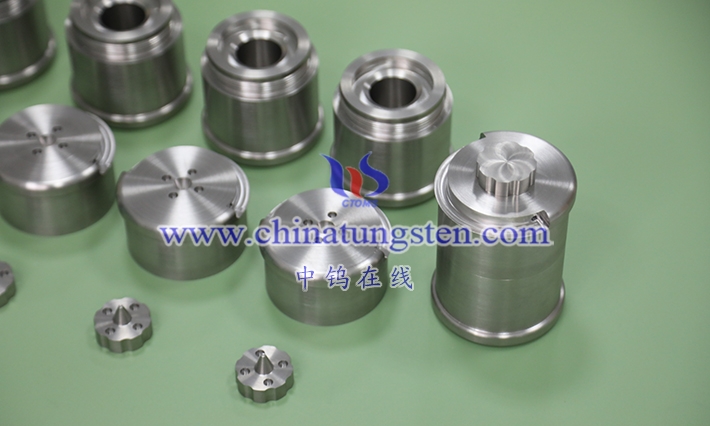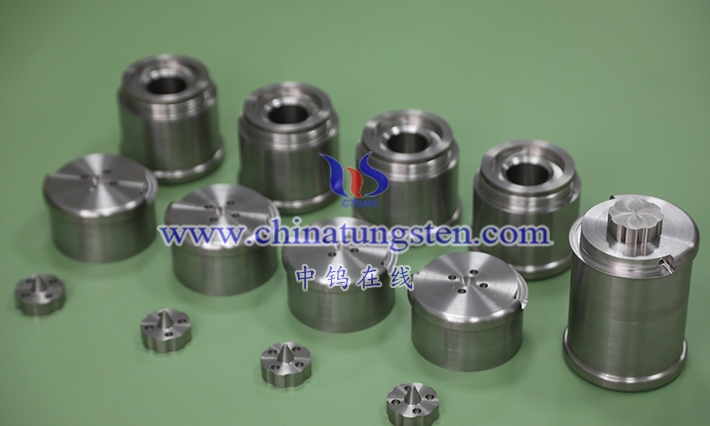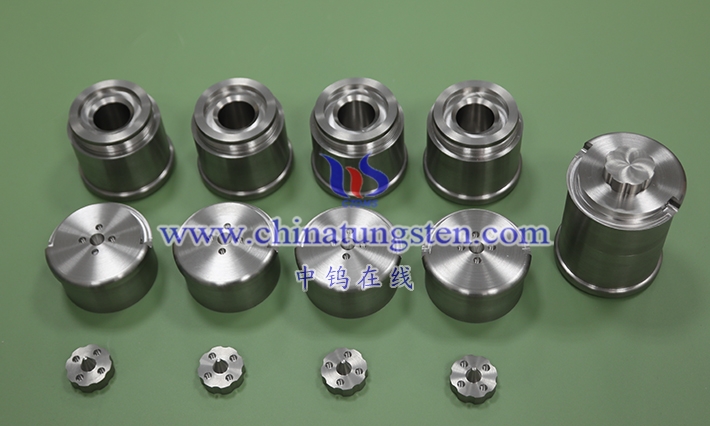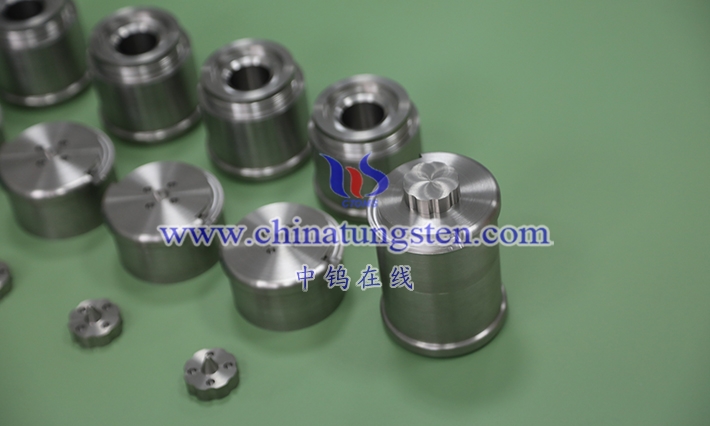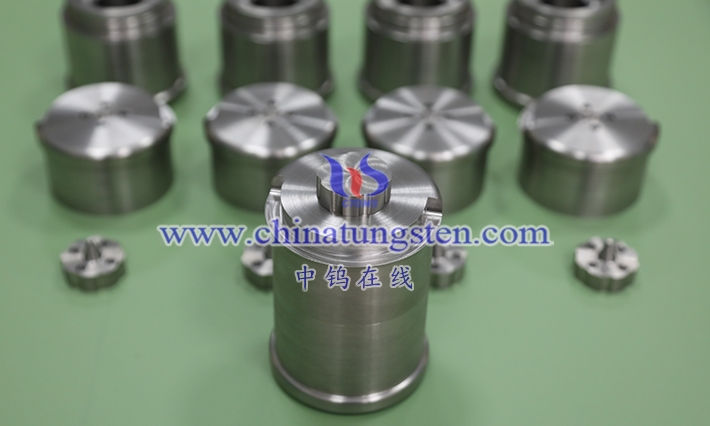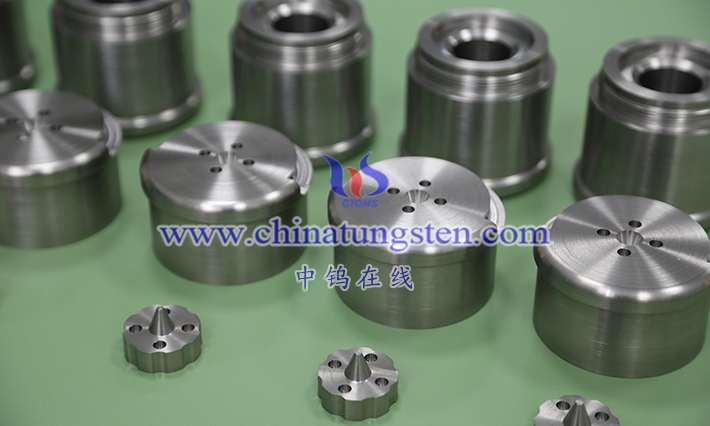The performance of high-density alloys in extreme environments is affected by many factors.
First, the performance of high-density alloys in high-temperature and high-pressure environments is an important consideration. Due to the extreme nature of high temperature and high pressure environments, ordinary metal materials can easily fail in this environment, causing serious problems. However, some high-density alloys such as nickel-based superalloys, molybdenum, hafnium and other materials have been widely used in thermal power generation, aviation, aerospace and other fields because they have good high-temperature oxidation resistance, high-temperature strength and high-temperature creep properties. These alloys also have some limitations in terms of corrosion resistance and low density. Future research should focus on these issues and explore or synthesize new alloy materials.
Secondly, extreme low temperature environment is also an extreme environment that high-density alloys need to face. Under extremely cold conditions, many conventional metal materials easily become brittle and lose their reliability, which may lead to serious accidents. For example, aluminum alloys are prone to cracks and deformation at extremely low temperatures. Therefore, for equipment or components used in this environment, alloy materials with excellent low-temperature properties need to be selected. For example, light metals such as aluminum, titanium, and magnesium alloys have been widely used in mechanical equipment, transportation and other fields in the Arctic and Antarctic regions. These materials have properties such as low density, high strength and good corrosion resistance, but still have problems in extreme low-temperature environments.
In addition, the performance of high-density alloys in strong radiation environments is also an issue that needs attention. A strong radiation environment can cause material performance degradation and may even lead to material failure. Therefore, for alloy materials used in this environment, it is necessary to examine their radiation resistance and corresponding protective measures.
To sum up, the performance of high-density alloys in extreme environments is affected by many factors. For different extreme environments, suitable alloy materials need to be selected and developed, and corresponding protective measures must be taken to ensure the safety and reliability of the materials. At the same time, future research also needs to further explore the performance and mechanism of high-density alloys in extreme environments to provide theoretical support and practical guidance for the design and application of materials.
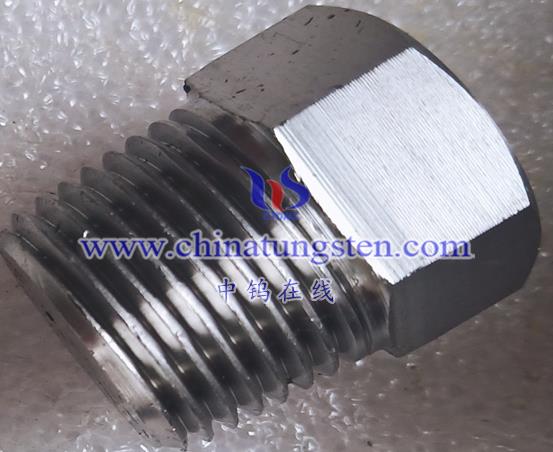
More details of tungsten alloy product, please visit website: http://tungsten-alloy.com/
Please contact CHINATUNGSTEN for inquiry and order of tungsten carbide:
Email: sales@chinatungsten.com
Tel.: 86 592 5129595
